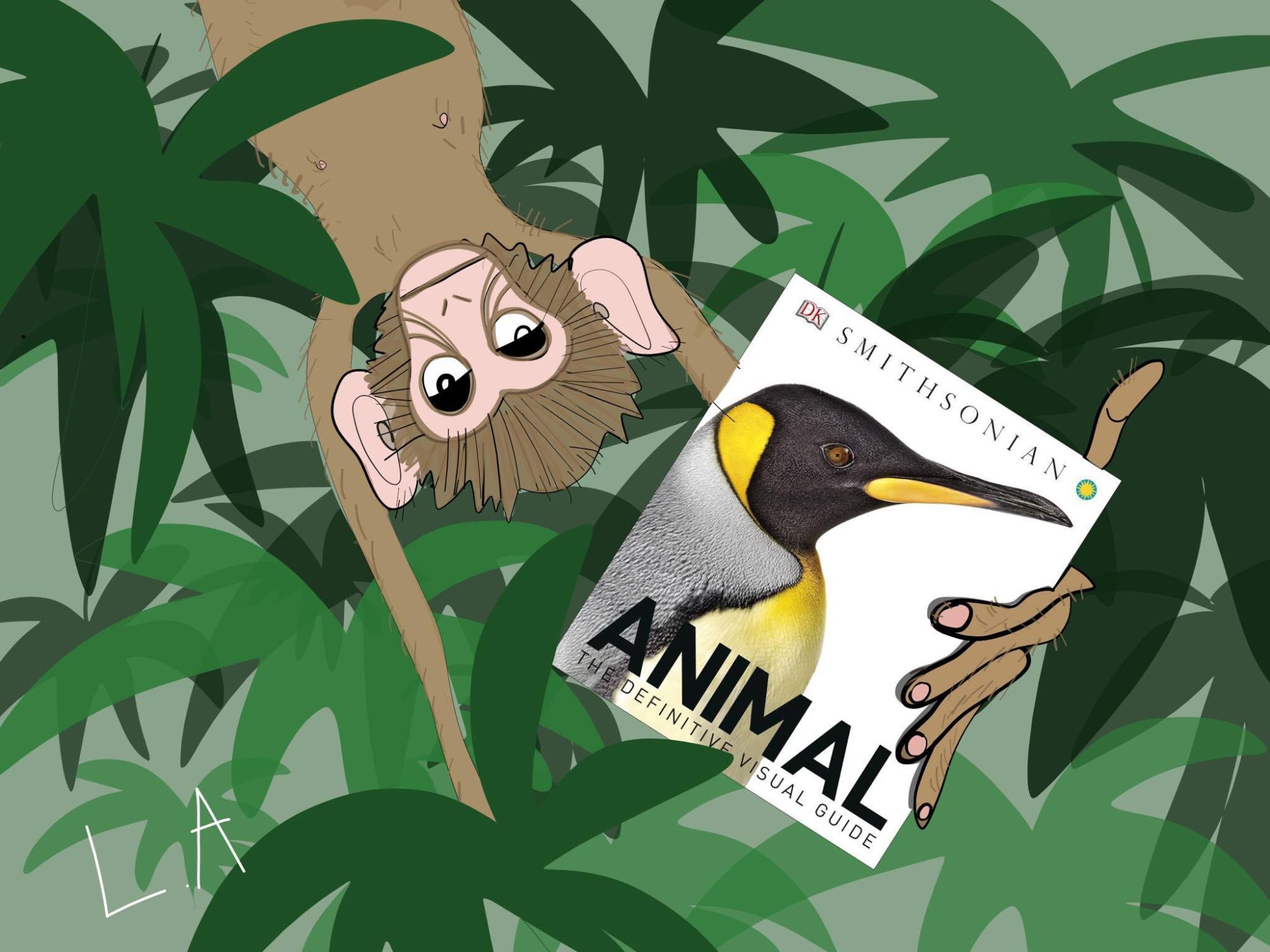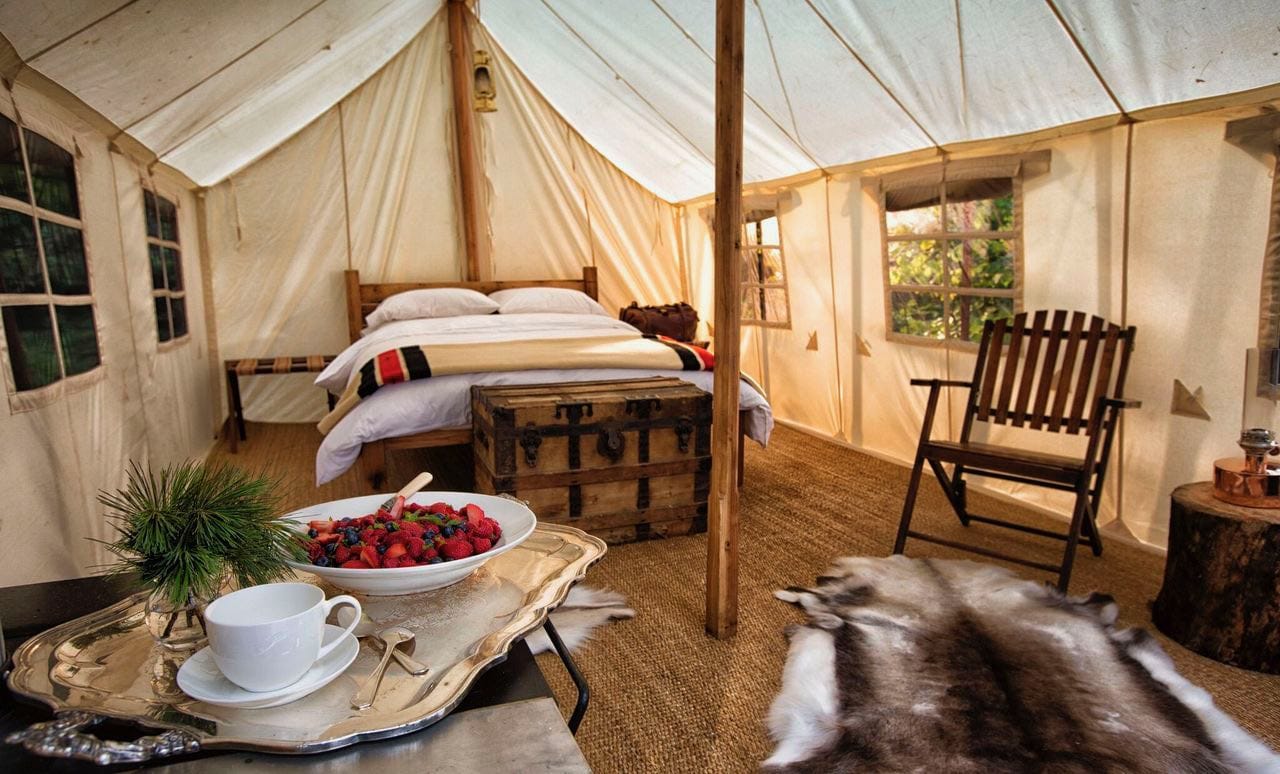I’ve been obsessed with animals since as long as I can remember. As a kid my mother would take us to the local library once week. I’d bee-line it straight to the video section (VHS RIP) and dash to find the newest from National Geographic. I was born with a curiosity for culture and while food has become my favourite way to explore a new destination, it’s the awe inspiring wildlife and jaw-dropping landscapes that first inspired me to explore the world as a wee one.
National Geographic offered a video library that was nearly encyclopedic. I spent hours watching Jane Goodall play with chimpanzees, shrieked in terror as Great White Sharks loomed under the deep blue sea and was mesmerized by the insects, monkeys and multi-coloured bird species that call the Amazon Jungle home sweet home.
Without a doubt my most memorable moments as a travel writer have been marked by awesome animal encounters: colourful crabs in Ecuador’s Galapagos, awesome African safari at Kruger National Park, wild polar bears in Manitoba’s arctic, swimming with a Whale Shark in the Maldives, and an Orangutan Rehabilitation Centre in the wilds of Borneo.

Growing up my family also had a membership to the Toronto Zoo. My parents would take us on trips year round so we could learn about how deforestation impacts endangered species, come face to face with wildlife from far away lands and actively play a role in conservation efforts.
Wildlife lovers in Toronto have an awesome opportunity to practice their safari photography skills when visiting the zoo. Before my recent trip to the Toronto Zoo I flipped through Animal: The Definitive Visual Guide (DK Publishing, 2017), an epic wildlife encyclopedia which has sold over 1.5 million copies worldwide!
The recently revised and updated Animal is a gobsmackingly gorgeous, coffee table worthy book that makes zoology seem sexy. The recently launched 3rd edition of the book is home to an updated cast of characters including the Piglet squid, Peacock spider and Black-crowned antpitta.
Animal is organized into three main sections: a general introduction including evolution (all domesticated dogs including those yappy purse pets are descended from the grey wolf); classification; anatomy, life cycles (the common toad lives for an astonishing 35 years) and more; habitats, showing what animals live where; and a six-chapter animal kingdom section grouping together mammals, birds, reptiles, amphibians, fish and invertebrates.
Animal offers safari fans and nature lovers a top notch resource which I now use before embarking on a whimsical wilderness adventure. Here are a handful of fun facts Animal offered about each critter I encountered at the Toronto Zoo.

Giant Panda
For the last few years the Toronto’s Zoo’s biggest draw has been its white and black striped panda’s. They’re recognized around the world as the symbol for conservation as they’re numbers have drastically dwindled. More than 150 pandas are kept in captivity worldwide, and about 10 times that number live in the wild. Their restricted diet (99% bamboo, making them the pickiest easters ever), and fragmented habitat are still major problems to their survival.

Tree Kangaroo
The most active animal encounter I had at the zoo was by a curious, log loving Tree Kangaroo. This rare marsupial is indigenous to Australia and is similar to it’s relatives (kangaroo, kuala and wombat) in that offspring are born in an almost embryonic state after a very short gestation. The newborn then makes its way to one of the mother’s nipples, where it remains attached for several weeks.

Frilled Lizard
The Frilled Lizard always reminds me of that unassuming dinosaur that spits black tar in the face of Seinfeld’s Newman during a terrifying tropical storm. Jurassic Park lovers can appreciate the inspiration, as the Frilled Lizard has a large, leathery frill around its neck, which is normally folded back over the animal’s shoulders. But watch out, when the lizard is threatened, it opens the frill like an umbrella, and at the same time rocks its body and hisses through its gaping mouth.
 Green Tree Python
Green Tree Python
Years ago I went “anaconda hunting” in Bolivia’s Amazon jungle. Sweat relentlessly dripped down my brow as I joined a gaggle of nature lovers slowly marching through a stinky swamp. If I’m forced to encounter a snake in the wild I appreciate if its sleeping soundly on a tree branch. Boas and pythons are famously known for killing by constriction. When the snake has selected its prey, it throws one or more coils around the animal’s body. Each time the victim breathes out, the snake tightens its grip. Once the prey is dead, the snake loosens its hold and searches for the head. It swallows this end first, gradually releasing the rest of the body from its coils.
 Polar Bear
Polar Bear
A few years ago my jaw dropped during a visit to Northern Manitoba when I watched a family of polar bears swim through warm summer waters just off the coast of Nunavut. Polar bears swim readily across open water at up to 10kph. They paddle with their massive forepaws – the rear legs trailing as rudders and when diving. The eyes remain open but the nostrils close as the bear holds its breath for up to 2 minutes.

Hippopotamus
I love asking people what they think the most dangerous animal in Africa is…because truth be told, you don’t have to worry so much about a loitering lion. Hungry, hungry hippos cause the most fatalities each year as dominant males are fiercely territorial. If, after a period of roaring and ritualized displaying, neither male gives way, a fight will ensue. Using their lower canines as weapons, a battle may last for hours and can result in serious injury. If you encounter a hippo on an African safari you’ll likely giggle just like me once you realize they spin their tails like a helicopter when they poop.

Tomistoma
Also known as “the false gharial,” the sharp-toothed Tomistoma is a member of the crocodile clan. This freshwater species lives only in southeast Asia. Members of the crocodile family are among the few survivors from the time of dinosaurs, having changed little in the last 65 million years. It’s easy to spot a gharial from an alligator or crocodile as they have a distinct long and narrow snout.

Orangutan
My moms favourite animal at the Toronto Zoo was always the orangutans. We’d spend a good chunk of each visit staring at these curious creatures, giggling as we commented on how similar they were to humans in their appearance and behaviour. I have such a fondness for them that I took a trek in Borneo Malaysia to visit the Orangutan Rehabilitation Centre in Sepilok to experience the endangered monkeys in their natural habitat. Although protected by law, infant orangutan’s are still captured and sold illegally as pets. Palm oil plantations are also a major threat to their habitat so be a thoughtful shopper and when cooking at home be sure to use canola or olive oil.

Jumbo Gourami
Over the past decade I’ve turned into a nerdy scuba dive fan after enjoying unforgettable aquatic encounters in the Galapagos, Maldives, Borneo and Belize. After experiencing your first deep water dive you immediately realize the enormous diversity on our planet – most of which can only be seen when swimming under the deep blue sea. Our most surprising encounter at the Toronto Zoo was with a hilariously playful Jumbo Gourami. Indigenous to Southeast Asia, these massive fish can be found in ponds, swamps and rivers. The friendly Gourami acted more like an excited puppy than a flopping fish, nudging the glass and following us along the tank as if looking for a treat in exchange for a trick or two.
 Green Tree Python
Green Tree Python Polar Bear
Polar Bear

